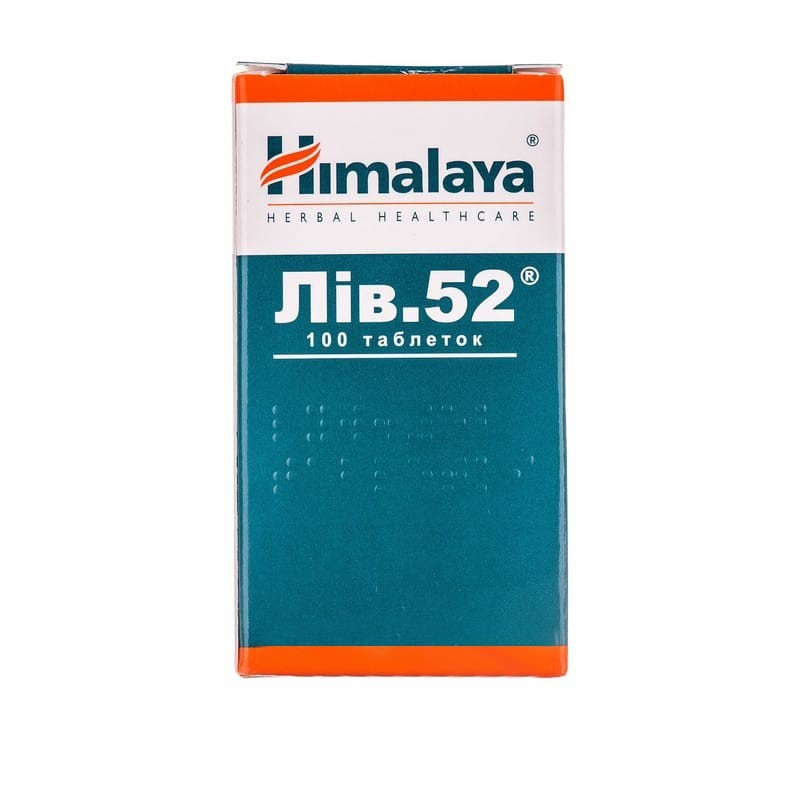



 Secure and encrypted payment processing
Secure and encrypted payment processing We ship to over 40 countries including the USA, UK, Europe, Australia and Japan
We ship to over 40 countries including the USA, UK, Europe, Australia and Japan Guaranteed refund or reship if you haven't received your order
Guaranteed refund or reship if you haven't received your ordercombined herbal preparation, the effect of which is due to the properties of the components that make up its composition.
Herb capers contain thioglycosides, steroidal saponins, rutin, ascorbic acid, quercetin and have hepatostimulating, hepatoprotective, diuretic, antiseptic, analgesic effects, and improve appetite.
Wild chicory contains glycosides, fructose, levulose, choline, ascorbic acid, and B vitamins. Chicory stimulates appetite, improves the activity of the digestive organs, especially with gastritis, enteritis, colitis, exhibits hypoglycemic, hepatoprotective effect, is useful for cholecystitis (stimulates bile secretion) kidney disease (diuretic effect). Chicory potentiates the effect of capers.
Black nightshade contains glycoalkaloids, rutin, asparagine, sitosterol, tannins, saponins, citric, ascorbic acid. It has antispasmodic, analgesic, diuretic, emollient, anti-inflammatory and hepatoprotective effects.
The composition of Western Cassia includes anthraglycosides, flavonoids, sterols, organic acids. It has a choleretic, antitoxic, laxative effect. Cassia is effective in case of violation of the passage of bile into the intestines. Does not change the normal function of the small intestine, does not cause constipation after a laxative effect (tonic effect on the gastrointestinal tract).
The terminal arzhuna has a diuretic effect, has a general tonic effect.
Tamarix Kalsky has hepatoprotective properties.
Yarrow ordinary contains essential oil, flavonoids, tannins, vitamin K. It causes the expansion of the bile ducts, increases bile secretion in the duodenum, increases diuresis, eliminates spastic pain in the intestines. It tones the function of the gastrointestinal tract, has a carminative effect. In connection with these properties, it is used in case of hypoacid gastritis, peptic ulcer of the stomach and duodenum, spastic ulcerative colitis, flatulence, and liver and kidney diseases. Iron oxide stimulates blood formation.
In general, Liv. 52 has hepatoprotective, antitoxic, anti-inflammatory, choleretic effect. Improves the digestion process, stimulates hematopoiesis. Hepatoprotective effect due to antioxidant and membrane-stabilizing properties of the components of the drug. The drug reduces the degradation of cell membranes due to (nicotinamidine nucleotide phosphate) NADPH-dependent lipid peroxidation, increases the content of antioxidants in hepatocytes, and prevents the formation of free radicals.
The antitoxic effect is based on the protection of the endoplasmic reticulum of hepatocytes. The drug normalizes and increases the content of cytochrome P450. With alcohol intoxication increases the elimination of acetaldehyde. In chronic alcoholism, it prevents lipid infiltration into liver cells. Provides liver protection against carbon tetrachloride. In the pre-cirrhotic phase, it delays the development of the disease and prevents further damage to the liver.
Liv.52 stimulates the synthesis of protein, cholesterol, phospholipids, promotes the regeneration of liver cells, restores their functional ability. The drug improves appetite, facilitates the passage of gases from the intestines. Increases body weight during exhaustion.
Pharmacokinetics The effect of the drug Liv.52 is the combined effect of the components that make up its composition. This combination provides the activity and synergy of its plant ingredients. Kinetic studies are not possible; the totality of components cannot be investigated using markers or bioassays. For the same reason, it is impossible to identify the metabolites of the drug.
Prevention and treatment of chronic diffuse liver diseases; alcoholic liver damage, radioactive and chemotherapeutic liver damage. as a remedy with hepatoprotective action for toxic liver lesions, to accelerate recovery during the period of convalescence after serious illnesses from operations. cholecystoangiocholitis and biliary dyskinesia.
Liv.52 tablets are taken orally.
Adults and children over the age of 14 years - 2 tablets 3 times a day, children 5-14 years old - 1 tablet 3 times a day. The duration of treatment is determined by the doctor depending on the disease and the severity of the course of the disease.
With alcoholic liver damage to adults, 2 tablets 3 times a day for a month, then 1 tablet 3 times a day for 6-12 months.
Hypersensitivity to individual components of the drug. children under 5 years old.
Dyspeptic phenomena, the manifestation of allergic reactions are possible.
There are reports of the development of epidermal necrolysis in patients with chronic or acute infectious hepatitis who took the liver.52.
Use during pregnancy and lactation. There are no clinical data on the safety of the drug for treatment during pregnancy and lactation.
With the simultaneous use of Liv.52 and ibuprofen, the level of the latter in the body decreases due to delayed absorption. when used simultaneously with tetracycline or doxycycline, the bioavailability of antibiotics decreases.
Long-term use, as well as an overdose, does not cause toxic effects. there is no antidote.
In a dry, dark place at a temperature of 10-30 ° C.